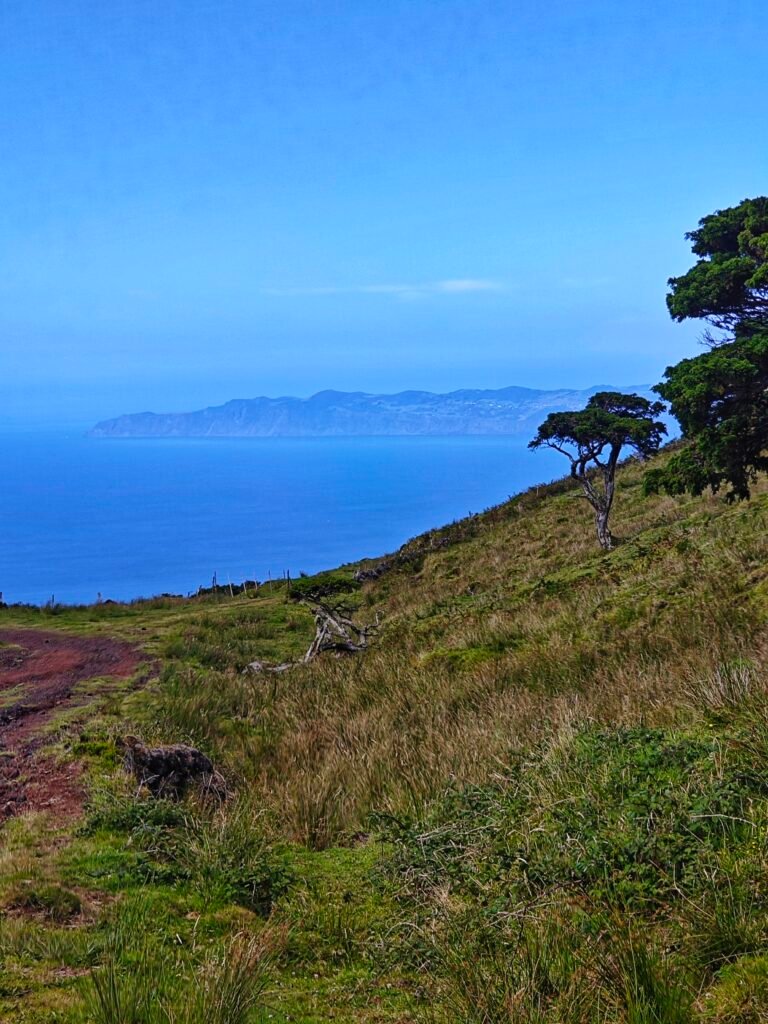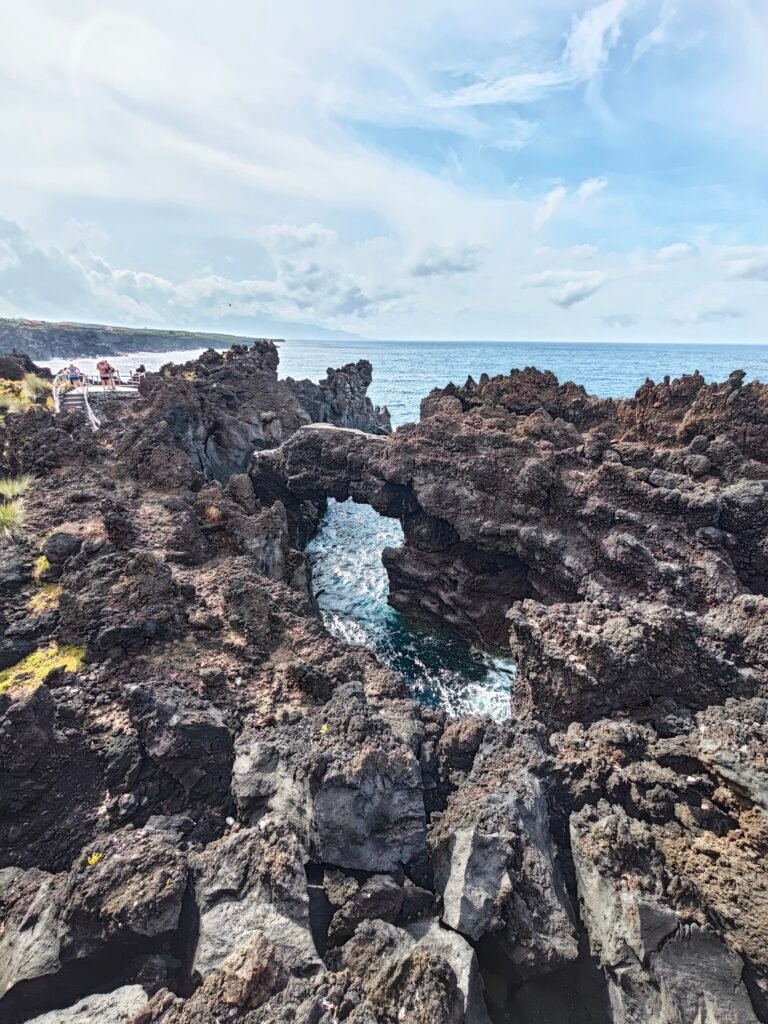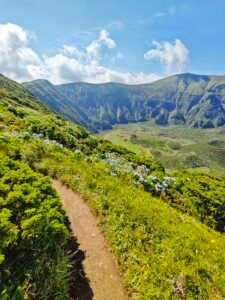Pico is one of the larger islands in Azores archipelago. It’s famous for its wine and the highest mountain in Portugal. Since the island is very much worth visiting we’re answering some frequent questions about Pico (and those you haven’t thought of yet). Adding some useful tips and solutions as well.

Where is Pico island?
Pico is located in the Azores archipelago, and is part of its central group, together with the islands of Graciosa, Sao Jorge, Faial and Terceira.
In terms of dimensions, Pico is approximately 46 kilometres long and 16 kilometres wide, with an area of 445 km2. That makes it second largest island in the archipelago, yet it can still be completely circled by car in about 3 hours (without stops that is). Its highest point is 2351 meters above sea level, in Piquinho – the highest point in Portugal.
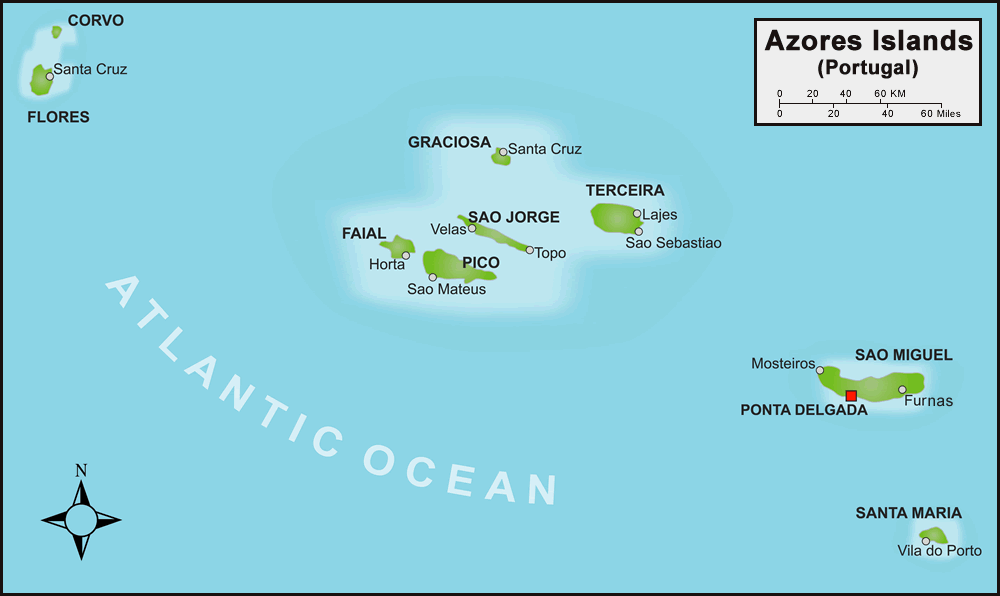
When to visit Pico?
We’d say that any island in the Azores is best in the summer months or late spring (May, June, July, August or September). The visibility will be best, water temperature warmest and generally more favorable conditions for the main activities. Pico also seems to be quite a bit warmer than Sao Miguel (if you are visiting there beforehand). Right as you get off the plane (especially in the summer time) you will be able to feel that extra heat.
If the sun is out, enjoying a swim in one of Pico’s natural swimming pools, that’s a great way to cool off.
- Air temperature fluctuates between 14° in winter and 26° in summer, on average.
- Water temperature varies between 16° in winter and 25° in summer, on average.
If you did not know just yet, weather in the Azores can bring a little bit of everything. Sun, clouds, wind, rain, you name it and the Azores have it. It is no fun going on a trip and not being able to take part of what you set out to do. Of course you can still visit outside of these months and have a great trip! Weather comes and goes so just be prepared for all types of conditions.
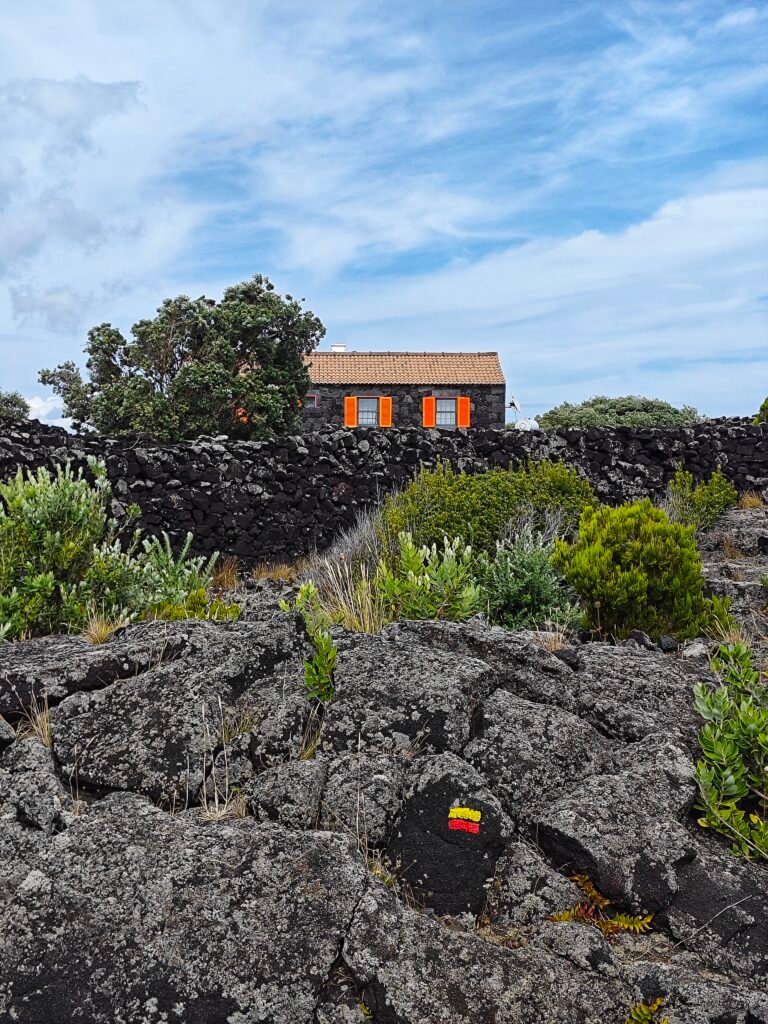
How to get to Pico?
There are several ways to get to Pico Island, depending on where you come from. I leave you all that information below.
By Air: Pico has an airport, close to the city of Madalena. If coming by plane you are probably coming from Sao Miguel, or another nearby island such as Terceira. Between islands, flights to Pico are generally made on SATA propeller planes. The airport code is PIX, most airplanes fly in from Ponta Delgada (PDL). NOTE! Each day has a different flight schedule, so make sure to do some research when planning your trip.
By Ferry: There are ferries from almost all neighbouring islands to Pico. The ferry schedules can be found on the Atlanticoline website – the only ferry service of the Azores. Ferries from Faial and Sao Jorge are running pretty consistently throughout the day during summertime. From Faial it’s a quick 30-minute ride and from Sao Jorge 90-minute ride across the sea. Be sure to check their schedule when planning your trip as it changes a lot!
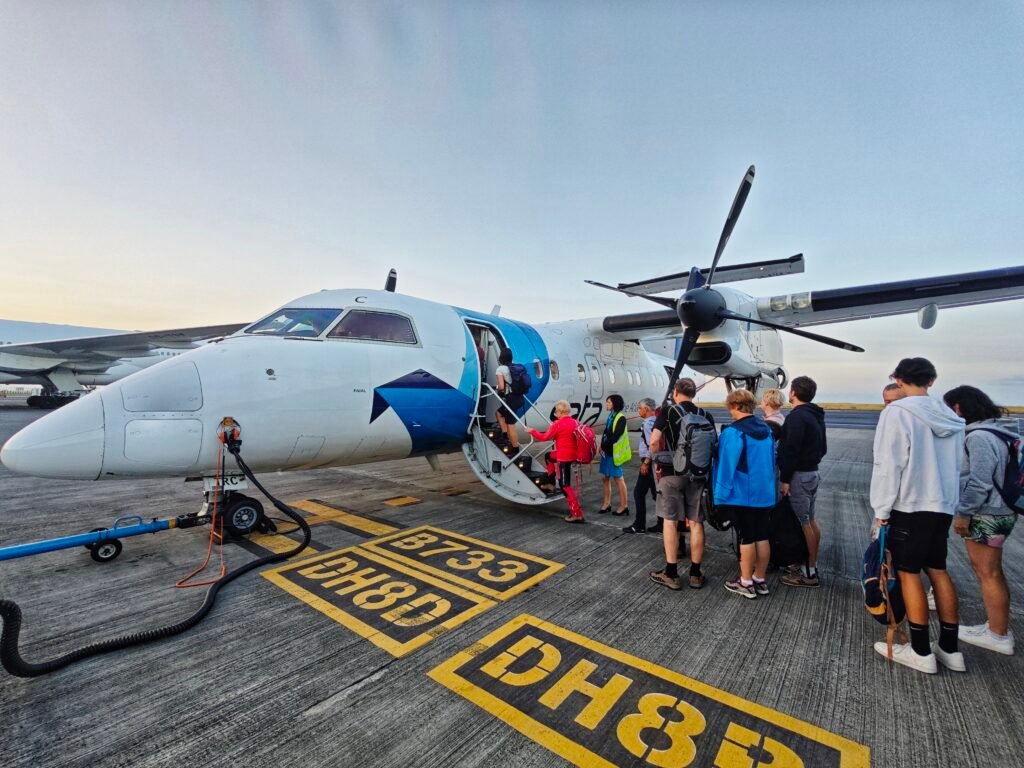
Useful apps on your mobile device
I recommend some mobile applications that you can install on your phone – they will be useful for your trip to Pico:
- SpotAzores: here you can see all the existing webcams in different points of the islands to see how the weather is. Because the weather is very changeable and it can be raining in one area of the island and sunny in another, this app is the fastest way to make sure and avoid unnecessary trips.
- Windy: essential app in our trips, even more so in the Azores and Madeira. It allows you to see forecasts for rain, clouds, wind, etc. to help you plan your days based on the weather. The usual forecasts are not 100% reliable. It also shows the available webcams in certain area.
- GoogleMaps: is the one we use to save / classify all the places we want to go / have gone and as GPS in rental cars. You can see other people’s opinions of the places, photos, restaurant menus, phone number of the places to contact them, etc.
- Maps.me: application similar to Google Maps but works offline (although Google Maps can also work offline) and in many cases has information that Google Maps does not have, especially trails. Useful whenever you are going to do a trail, to orient yourself, download the route from the official website of the Azores trails (click on Downloads -> GPS), etc. NOTE! When using maps.me you must downloads the maps in advance, so beforehand actually arriving to a destination, otherwise it might take you some time to download (and research) the new maps. Those maps are saved on your mobile device.
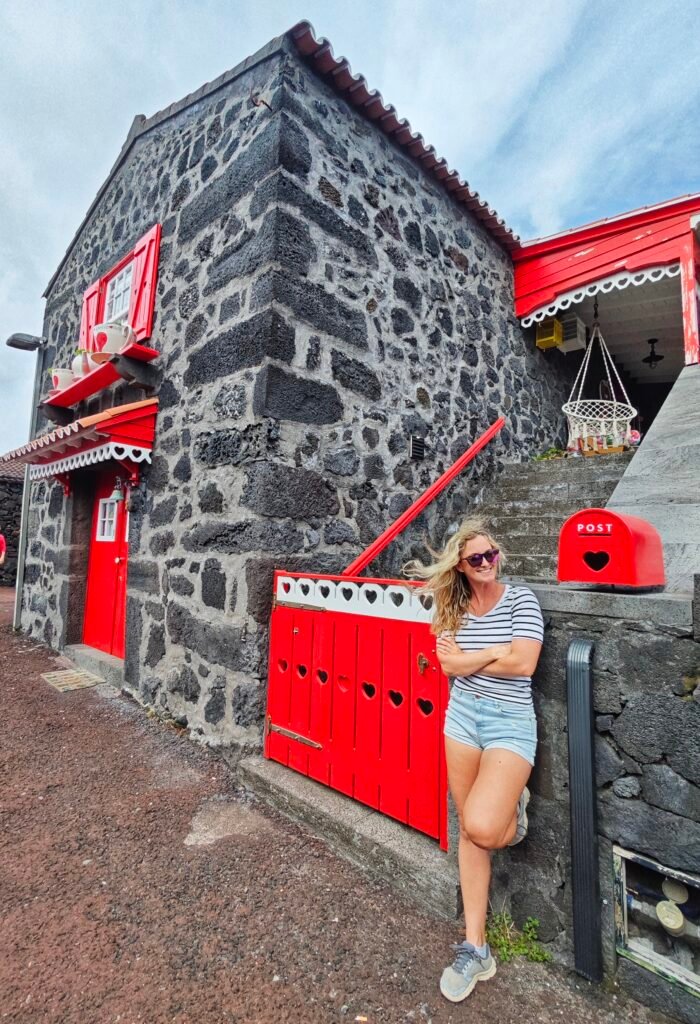
Getting Around in Pico
Pico doesn’t have a good public transpostation system for travelers. Buses are irregular and don’t stop at interesting spots – they’re meant for locals.
But there’s a solution! You can rent a car, a scooter, or hire a taxi/guide/tour for the day.
The best way to get around the Azores is to rent a car. The process is easy – if you have a valid licence you simply walk into one of the stores and rent-a-car for the day (or two or more). Parking all around island is free of charge and parking lots are spacious and well marked. Driving around is very simple as well since the island itself doesn’t have a lot of traffic and the roads are nice.
I can recommend renting from RentalCars.com. They have multiple options and are easy to rent at.
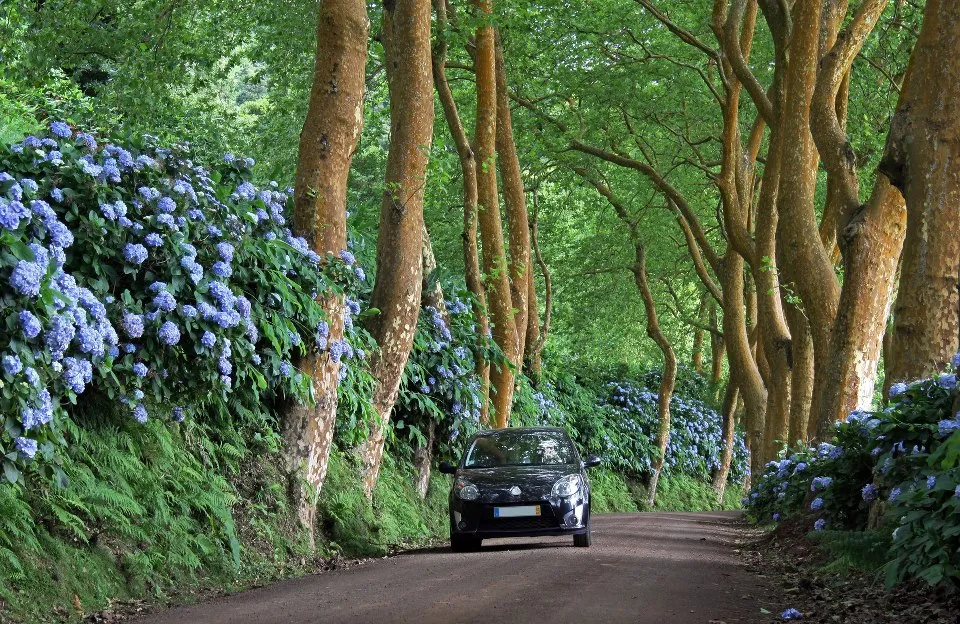

NOTE! During the summer months (June, July, August) car prices skyrocket with limited availability. There are also scooter rentals, but oftentimes the higher areas of Pico are covered in fog and have limited visibility.
If you’re staying on the island for several days then the car rental is your best choice. That way you can see the island at your pace and pick and choose which places you would like to visit during your time on Pico.
Renting a scooter
I have a great experience with „447 Pico“. Very professional, they even clean the insides of helmets. Make sure to make a reservation in advance!
Expect to pay between 30€ and 40€/day.
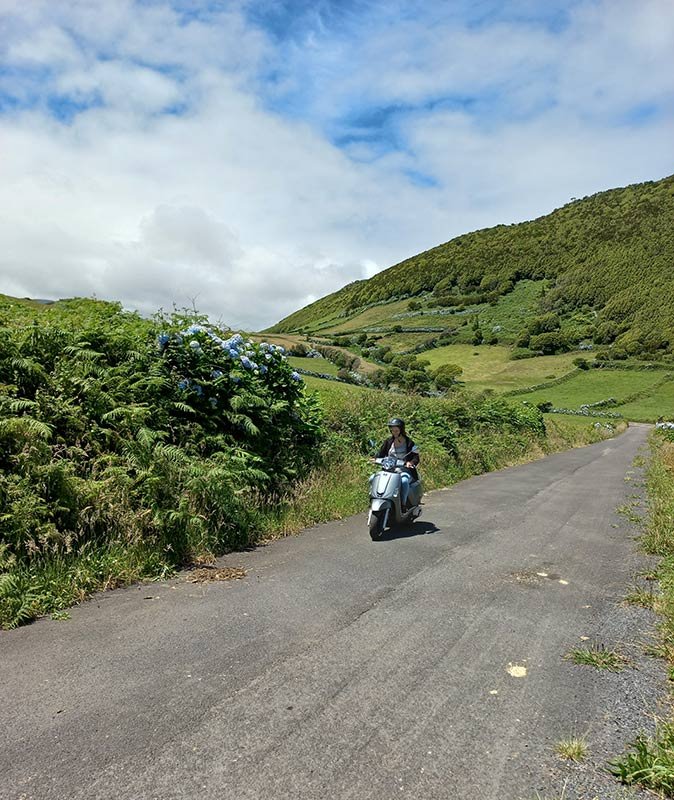
Taxi services
There are also numerous verified taxi drivers found throughout the island. Some of the hiking trails on Pico are linear (point to point, A –> B), so a taxi driver should be arranged for pick up and drop off. Taxi rentals will cost you anywhere from 80€ to 150€ per day. Note that a taxi can accomodate up to 4 people (larger ones up to 8 people), so sharing the expense makes it very affordable.
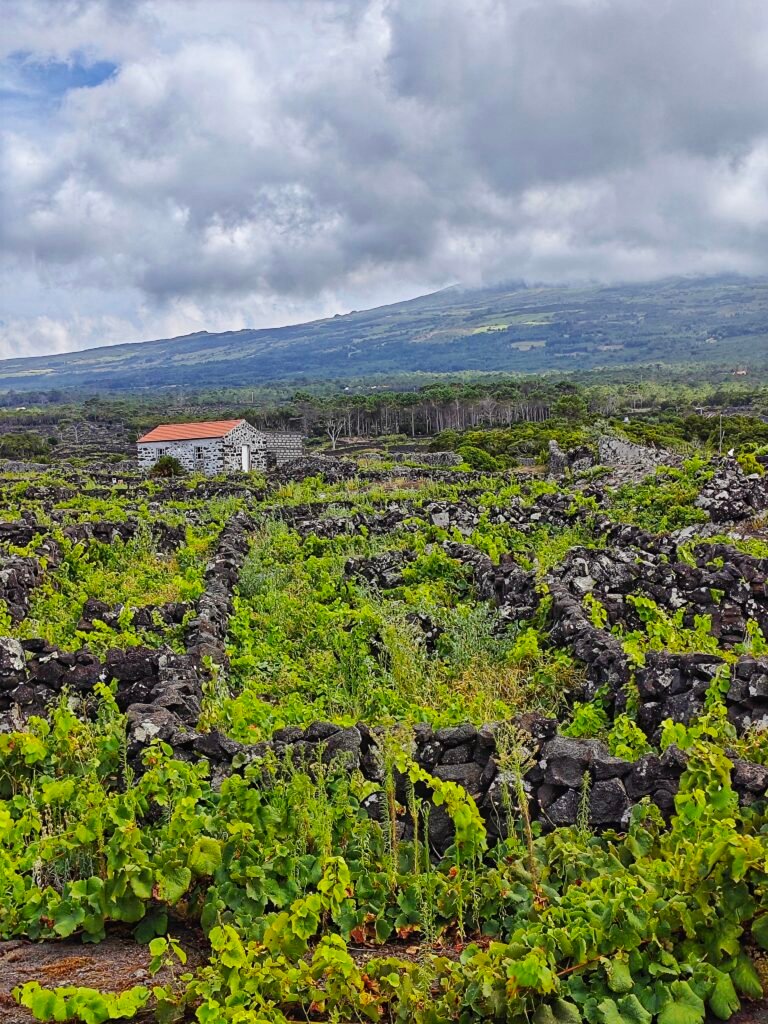
Pico Tours for Those Not Renting a Car
There is very limited public transportation on the island of Pico. It is nearly impossible to rely on buses that run infrequently and stop at limited locations.
If you’re short on time it’s best to book a full-day tour of Pico. Here are some highly recommended tours:
- Wine Tour
- Full Day Guided Tour in Pico Island
- Lakes and Volcanoes (Whole Day)
- Wine & Food Tour
- Other Tours
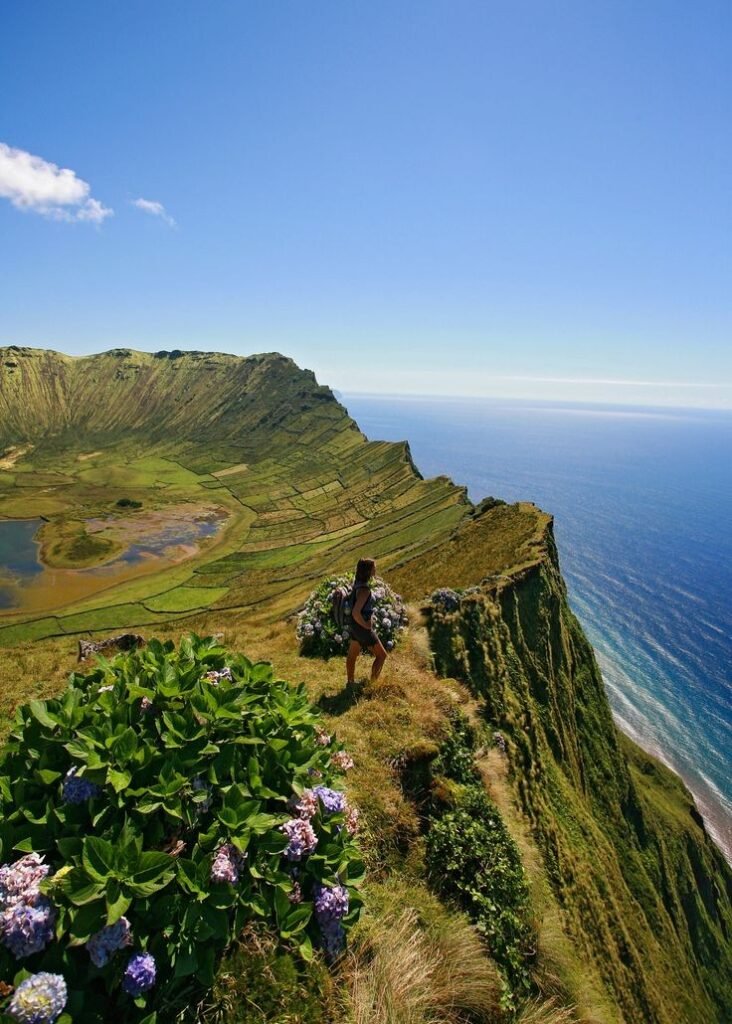
SIM card in Azores
Before you read this part, you may wonder if you actually need a SIM card in the Azores. Well, if you don’t mind not having internet at all times, you’ll likely find free WiFi in restaurants, shopping malls, hotels, etc. If you plan on only using maps.me app, which can be used without internet, then that should sufice.
But if you will need data to get around, to either call a taxi or translate some words into Portuguese or simply search for more information, you may want to get a SIM card for your travels in the Azores.
NOTE! Citizens of EU have roaming.
For traveling in the Azores I recommend using a SIM card from Meo, Vodafone, NOS, or Airalo (I’ll get back to Airalo later on, so keep reading to learn more!)
That said, if you’re planning on visiting other countries during your trip to Europe, you might want to make sure to pick an option that offers coverage in other European countries.
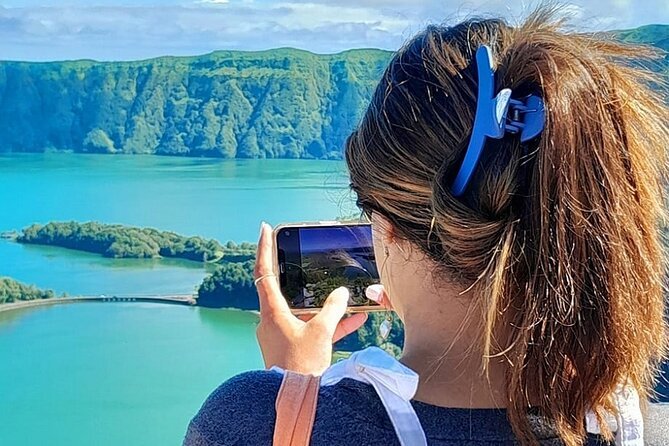
How to Buy a SIM Card in the Azores
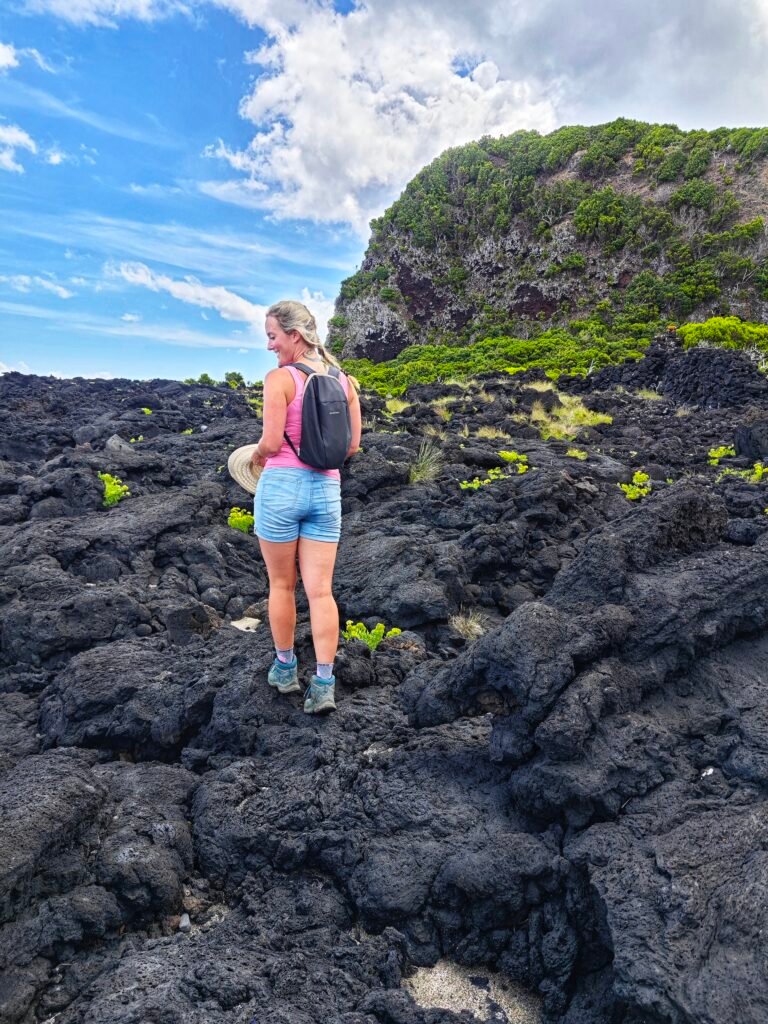
You can buy an Azores prepaid SIM card in person in some international airports, mobile provider stores, convenience stores, or online beforehand.
Airport providers will usually have higher costs and lower data offers, so that’s not your best option. NOTE! Not every airport will have SIM card shops (especially smaller airports), so keep it in mind! Pico airport doesn’t have that option.
Therefore I’d recommend buying a SIM card directly from the mobile provider store. You might need your passport to buy one.
Also, this means you won’t have data right upon your arrival. So, if you prefer to be connected at all times, you could use an eSIM.
Let’s see about some data plans offered by Meo, Vodafone, and NOS.
Meo SIM Cards
Meo is a Portuguese phone network, offers a tourist plan that covers the Azores and Madeira:
- 5 GB data, calls and texts to Portugal, valid for 7 days = from 3€
Vodafone Portugal SIM Cards
Vodafone Portugal covers the Azores and Madeira and has 2 different prepaid plans available. It also has the best coverage:
- Unlimited data, valid for 15 days = 20€
- Unlimited data, valid for 30 days = 35€
NOS SIM Cards
NOS offers lots of Portuguese plans that also cover the Azores and Madeira:
- Unlimited data, valid for 8 days = 15€
- Unlimited data, valid for 1 month = 35€
Relatively new concept – eSIM: virtual SIM card inside your phone
If your mobile phone supports eSIM cards then that’s definitely one of the best options to get data in the Azores. If you’re new to this and would like to know more, read about it on eSIM Roamers.
I started using eSIM as soon as my mobile phone supported it. To buy eSIMs, I usually use Airalo, a reliable and widely spread eSIM provider.
Airalo on Azores has many different options available, some of them listed below:
- Pico: 1 GB, valid for 7 days for $5
- Pico: 2 GB, valid for 15 days for $9
- Pico: 3 GB, valid for 30 days for $11.50
- Pico: 5 GB, valid for 30 days for $17
- Pico: 10 GB, valid for 30 days for $29
- Pico: 20 GB, valid for 30 days for $48
You simply download their app and follow the instructions to instal the eSIM to your mobile device.
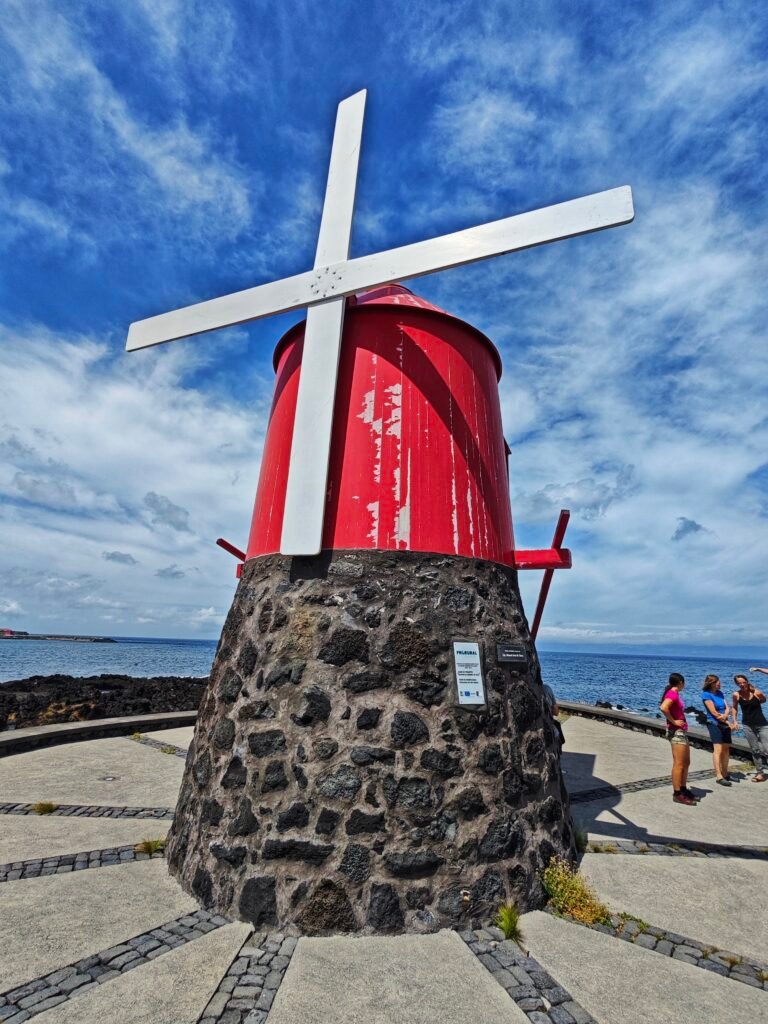
Where to eat on Pico?
Although there aren’t as many options as Ponta Delgada on Sao Miguel has, there are still some very good restaurants you can stop at.
As for what to eat on Pico, seafood and fish are naturally good options. Be sure to try cracas and lapas, for example, or octopus. You will find also good meat from the cows grazing on the island. It’s always wise to make a reservation in advance.
- Ancoradouro
- A Tasca O Petisca
- Cella Bar
- Caffe 5
- Casa Ancora
- Pub Arruda
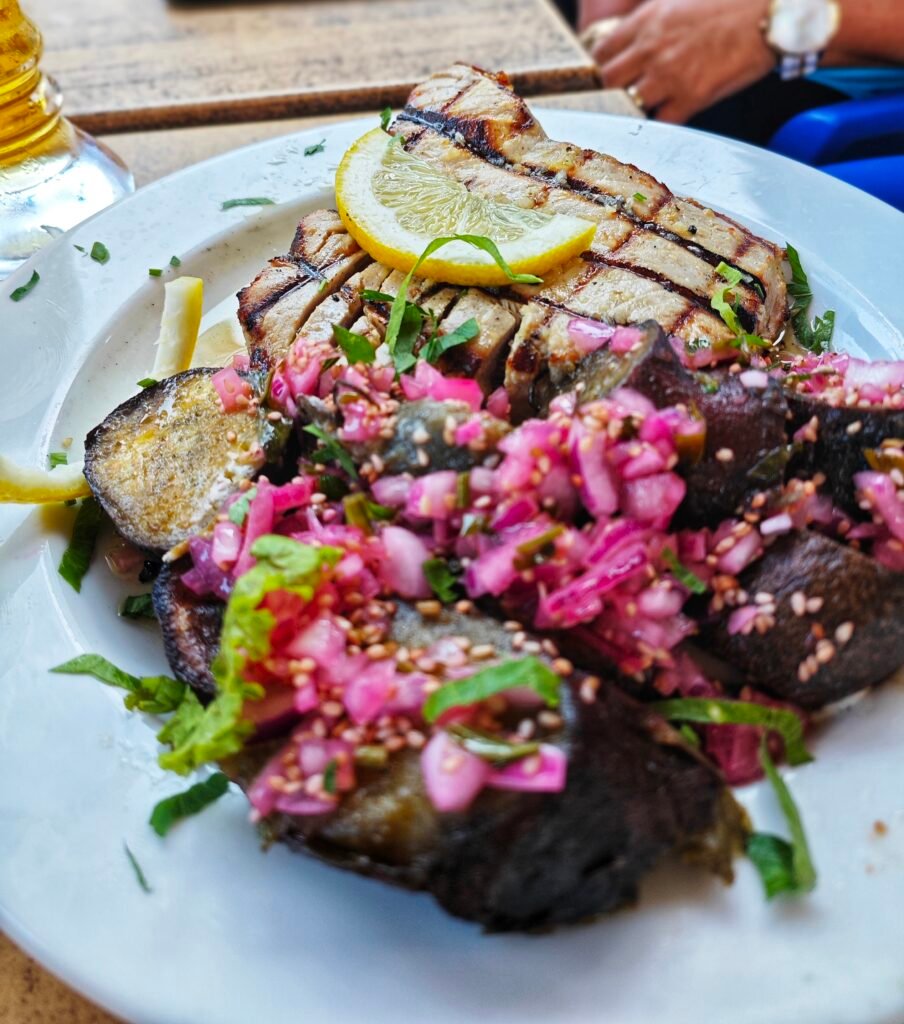
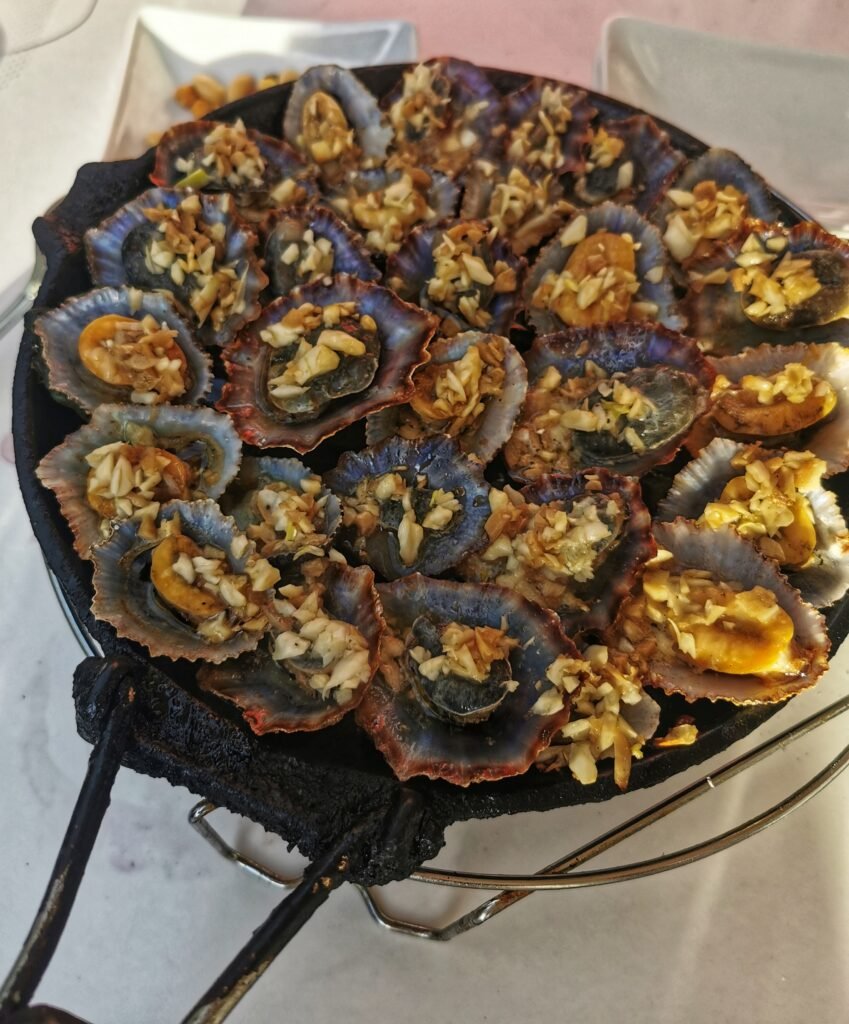
Other useful information
- booking your flight: It was never cheap getting to Azores, but still, your best saving advice is flexibility. The more flexible you are, the cheaper you can get your flight. I use Skyscanner for purchasing tickets and Google Flights for the best date-comparisons.
- booking your accomodation: Pico is definitely worth staying a few nights. There are plenty of accommodation and restaurant options in the main town of Madalena. Depending on what you’re looking for there are various websites that provide accomodation of all types. The comfort of home can be found on Vrbo, the luxury of a hotel on Booking.com, best affordable option for solo travelers is Hostelworld. If you’re really on a budget, but have spare time, check out Worldpackers – they offer accomodation for FREE in exchange for work.
Some great accomodations:
- Calma do Mar
- Jeiroes do Mar
- Aldeia das Adegas
- Pico Dreams
- Villa da Madalena
- do you need visa?: check all the latest information on iVisa – the website is super easy to use (and apply for a visa too, if you’re required to have one!). It goes for all countries around the world, so mark that one down for your next travel!
- pack the essentials: powerbank, waterproof jacket, adapter, passport, backpack… check out the ultimate packing list for Azores.
To summarize everything…
I believe that’s it! If you think there’s another topic that I didn’t cover, please let me know in the comments.
If you need assistance with planning your trip (either that be information, reservations and booking, flights, other tips) don’t hesitate to contact us and get yourself personalised travel advice.
